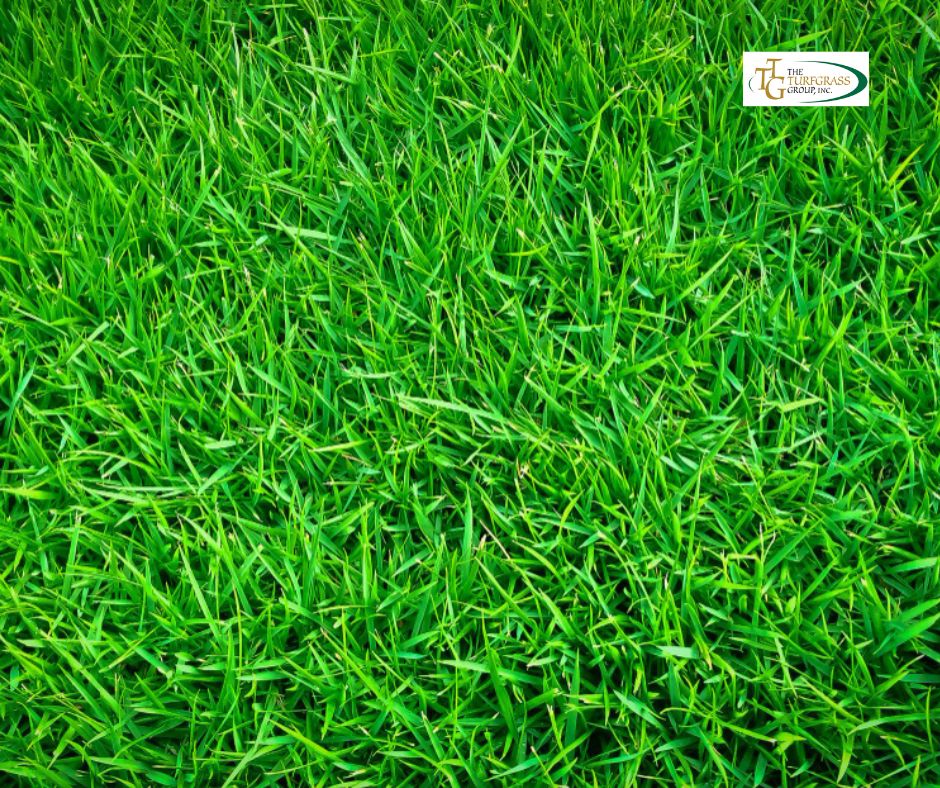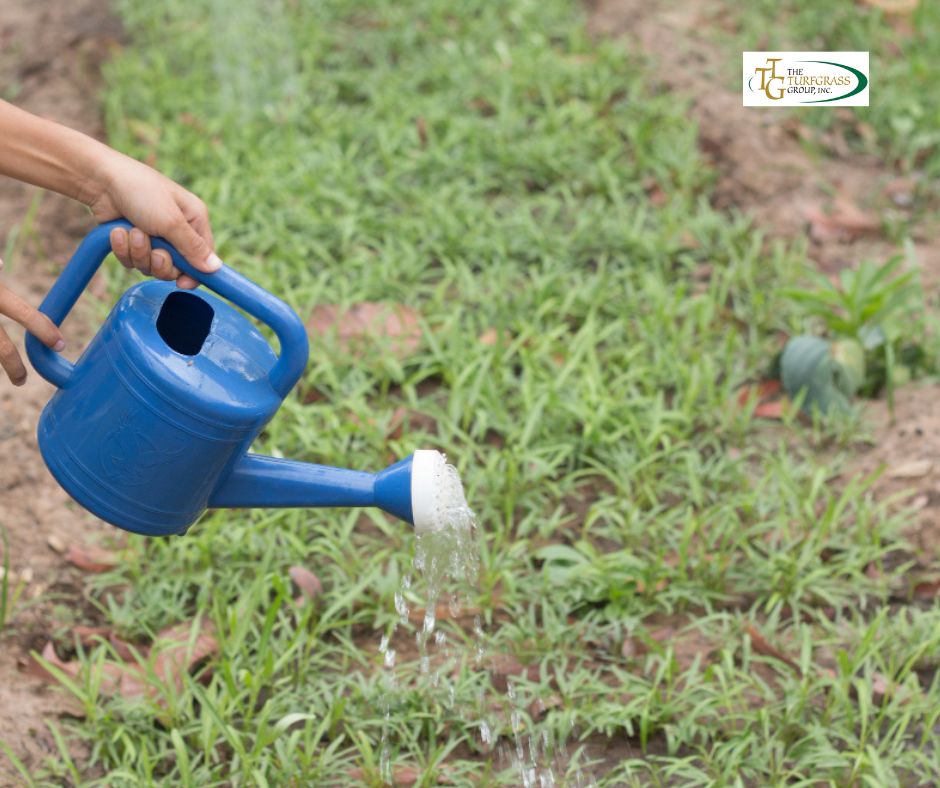
Maintaining a lush, green, weed-free lawn is a goal for many homeowners.
However, the presence of weeds can often thwart those efforts, turning a pristine lawn into a battleground.
Weeds not only detract from the aesthetic appeal of your lawn but also compete with grass for water, nutrients, and sunlight, ultimately weakening its overall health.
To achieve a weed-free lawn, it’s crucial to implement effective strategies for weed control.
In this article, we’ll explore various techniques and strategies to help you tackle weeds and reclaim the beauty of your lawn.
Understanding Weeds:
Before discussing strategies for weed control, it’s essential to understand what weeds are and how they proliferate.
Weeds are simply plants that grow where they are not wanted, often competing with cultivated plants for resources.
They can be broadleaf weeds, such as dandelions and clover, or grassy weeds, like crabgrass and Bermuda grass.
Weeds spread through seeds, wind dispersal, root systems, and even human activities like mowing and gardening.
Effective Strategies for Weed Control:
Regular Lawn Maintenance:
One of the simplest yet most effective ways to control weeds is by maintaining a healthy lawn.
Regular mowing, watering, and fertilizing promote strong grass growth, which in turn helps to choke out weeds.
Keep your grass at the recommended height for its species and ensure it receives adequate water and nutrients to thrive.
Proper Lawn Care Practices:
Adopting proper lawn care practices can also deter weed growth.
This includes aerating the soil to improve drainage and reduce compaction, overseeding bare patches to fill in gaps where weeds might take hold, and ensuring proper soil pH levels through periodic soil testing and amendments.
Hand Pulling and Spot Treatment:
For more minor infestations or isolated weed patches, hand pulling can be an effective method of control.
Be sure to pull weeds before they have a chance to flower and set seed to prevent further spread.
Additionally, spot treatment with herbicides designed explicitly for lawn weeds can target problem areas without harming the surrounding grass.
Pre-Emergent Herbicides:
Pre-emergent herbicides are applied before weed seeds germinate and can be an effective preventive measure against annual weeds like crabgrass and chickweed.
These herbicides form a barrier in the soil, preventing weed seeds from sprouting and establishing themselves in your lawn.
Timing is crucial when applying pre-emergent herbicides, as they must be used before weed seeds germinate.
Post-Emergent Herbicides:
Post-emergent herbicides are designed to control weeds that have already sprouted and are actively growing.
These herbicides can be selective, targeting specific types of weeds while leaving grass unharmed, or non-selective, killing all vegetation they come into contact with.
Selective herbicides are generally preferred for lawn use to minimize damage to desirable grass species.
Integrated Weed Management:
Integrated weed management combines various methods of weed control to achieve the best results while minimizing environmental impact.
This approach may include a combination of cultural practices, mechanical control methods like mowing and hand pulling, and judicious use of herbicides as a last resort.
Mulching:
Mulching is another effective strategy for weed control that helps suppress weed growth by blocking sunlight from reaching weed seeds and seedlings.
Organic mulches, such as wood chips, shredded leaves, or grass clippings, can be applied around plants and in garden beds to create a barrier against weeds.
In addition to weed control, mulch also helps retain moisture in the soil and improve soil structure as it decomposes.
Proper Watering Practices:

Overwatering or underwatering your lawn can create conditions that favor weed growth.
To discourage weed establishment, practice proper watering techniques, ensuring that your lawn receives about 1-1.5 inches of water per week, either from rainfall or irrigation.
Water deeply and infrequently to encourage profound root growth in the grass, which helps to outcompete weeds for resources.
Cultural Controls:
Cultural controls involve modifying your gardening practices to make the environment less hospitable to weeds.
For example, avoiding over-fertilization, which can stimulate weed growth, and using organic fertilizers that release nutrients slowly can help maintain a healthy balance in your lawn.
Additionally, rotating crops in vegetable gardens and practicing crop diversification can disrupt weed life cycles and reduce weed pressure over time.
Vigilance and Persistence:
Perhaps the most critical aspect of weed control is vigilance and persistence.
Regularly inspect your lawn for signs of weed infestation, and address any issues promptly.
Pull weeds as soon as you notice them before they have a chance to spread and establish deeper roots.
Consistent maintenance and monitoring are vital to keeping weeds under control and maintaining a healthy lawn.
Soil Solarization:
Soil solarization is a method that utilizes sunlight to heat the soil and kill weed seeds, pathogens, and pests.
This technique involves covering the soil with a transparent plastic tarp during the hottest months of the year, typically in summer.
The trapped heat increases soil temperatures, effectively sterilizing the top layers and reducing weed seed viability.
Soil solarization can be particularly effective in areas with high weed pressure and can help prepare the soil for planting without the use of chemicals.
Mechanical Control:
Mechanical control methods involve physically removing weeds from the lawn.
This can include using tools such as weed pullers, hoes, and cultivators to uproot weeds or disturb their growth.
Regular mowing also helps to prevent weeds from setting seed and spreading.
For larger areas, consider using mechanical tools like lawnmowers or string trimmers to keep weeds in check.
Biological Control:
Biological control utilizes natural enemies of weeds to suppress their growth and spread.
This may include introducing beneficial insects or using animals like goats or sheep to graze on weeds.
While biological control methods can be effective, they often require careful management to prevent unintended consequences and ensure that native plants and ecosystems are not harmed.
Education and Awareness:
Educating yourself about common lawn weeds, their life cycles, and preferred habitats can help you develop effective strategies for control.
By understanding the characteristics of different weed species, you can tailor your approach to target them more effectively.
Additionally, staying informed about new developments in weed control methods and products can help you stay ahead of emerging weed problems in your lawn.
Sustainable Practices:
Lastly, consider adopting sustainable lawn care practices that promote a healthy ecosystem and reduce the need for chemical interventions.
This may include reducing lawn size and incorporating native plants, which are better adapted to local growing conditions and less prone to weed infestations.
Organic lawn care practices, such as composting, natural fertilizers, and biological soil amendments, can also improve soil health and resilience to weeds over time.
Conclusion:
Dealing with weeds in your lawn requires a multifaceted approach that integrates various strategies for control, including cultural, mechanical, chemical, and biological methods.
By combining these techniques with proper lawn care practices and sustainable principles, you can effectively manage weed populations and maintain a healthy, vibrant lawn.
Remember that weed control is an ongoing process that requires patience, persistence, and adaptability.
With dedication and the right approach, you can achieve a beautiful, weed-free lawn that enhances the beauty and value of your outdoor space.
For further assistance or inquiries about lawn care, feel free to reach out to The Turfgrass Group.
FAQs
What are weeds, and why are they a problem for my lawn?
Weeds are plants that grow where they are not wanted, competing with grass for resources like water, nutrients, and sunlight. They detract from the aesthetic appeal of your lawn and weaken its overall health.
How can I maintain a weed-free lawn?
Regular lawn maintenance, proper care practices, hand pulling and spot treatment, pre-emergent and post-emergent herbicides, integrated weed management, mulching, adequate watering, cultural controls, vigilance, and persistence are all effective strategies.
Can you explain integrated weed management?
Integrated weed management combines various methods, such as cultural practices, mechanical control, and judicious herbicide use, to achieve the best results while minimizing environmental impact.
What is soil solarization, and how does it work?
Soil solarization involves covering the soil with a transparent plastic tarp during hot months to raise soil temperatures. This effectively sterilizes the top layers and reduces weed seed viability without chemicals.
What are some mechanical control methods for weeds?
Mechanical control involves physically removing weeds using tools like weed pullers, hoes, cultivators, or regular mowing to prevent seeding and spreading.
How does biological control work for weed management?
Biological control uses natural enemies of weeds, such as beneficial insects or grazing animals, to suppress weed growth. Careful management is needed to prevent unintended consequences.
How can education and awareness help with weed control?
Understanding common lawn weeds, their life cycles, and preferred habitats can help tailor control strategies. Staying informed about new developments in weed control methods is also beneficial.
Are there sustainable practices for weed control?
Yes, adopting sustainable lawn care practices like reducing lawn size, incorporating native plants, and using organic methods such as composting and natural fertilizers can promote a healthy ecosystem and reduce the need for chemical interventions.
When should I apply pre-emergent herbicides for optimal weed control?
Pre-emergent herbicides should be applied before weed seeds germinate, typically in early spring or late winter, depending on your location and the specific weed species you’re targeting. Timing is crucial to prevent weed seeds from sprouting and establishing in your lawn.
How can I effectively monitor and address weed infestations on my lawn?
Regular inspection of your lawn for signs of weed growth is essential. Pull weeds as soon as you notice them before they have a chance to spread and establish deeper roots. Consistent maintenance, including mowing at the appropriate height for your grass species, and prompt action are crucial to keeping weeds under control and maintaining a healthy lawn.